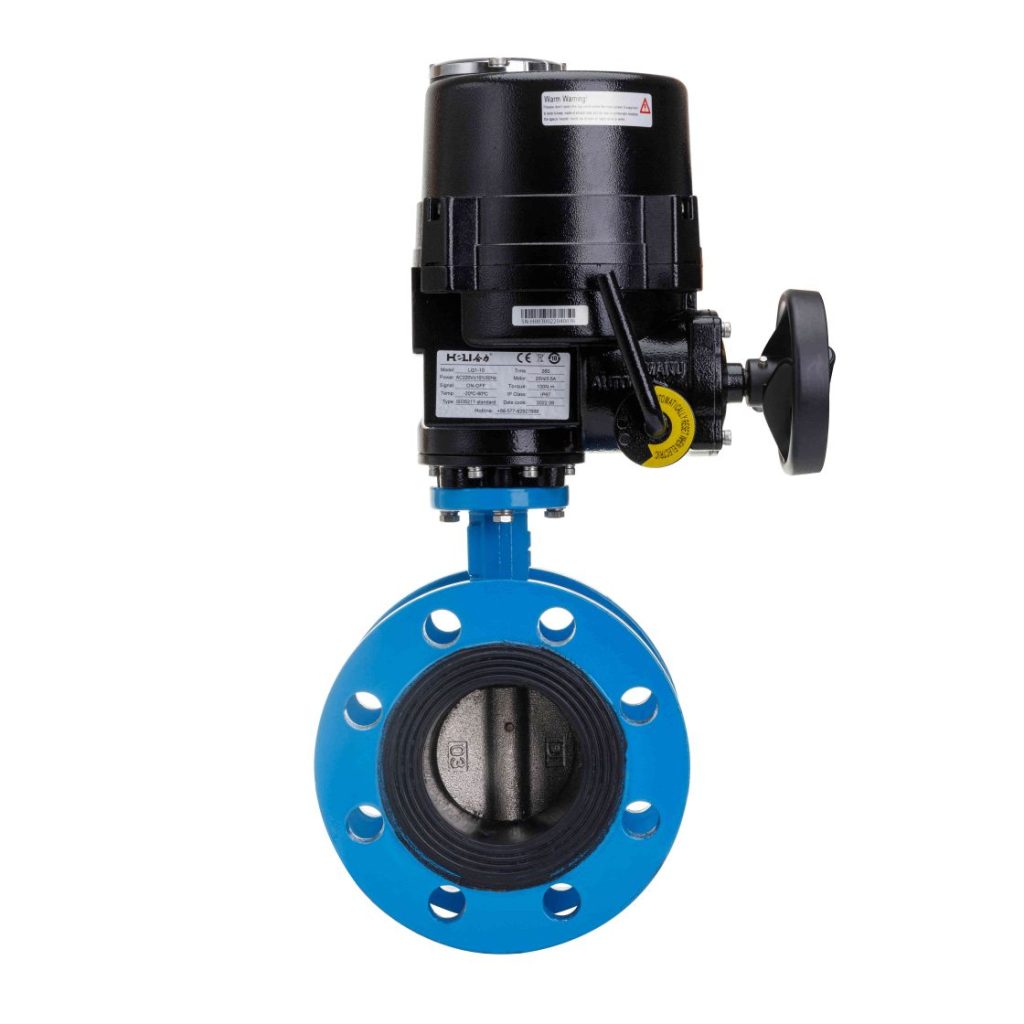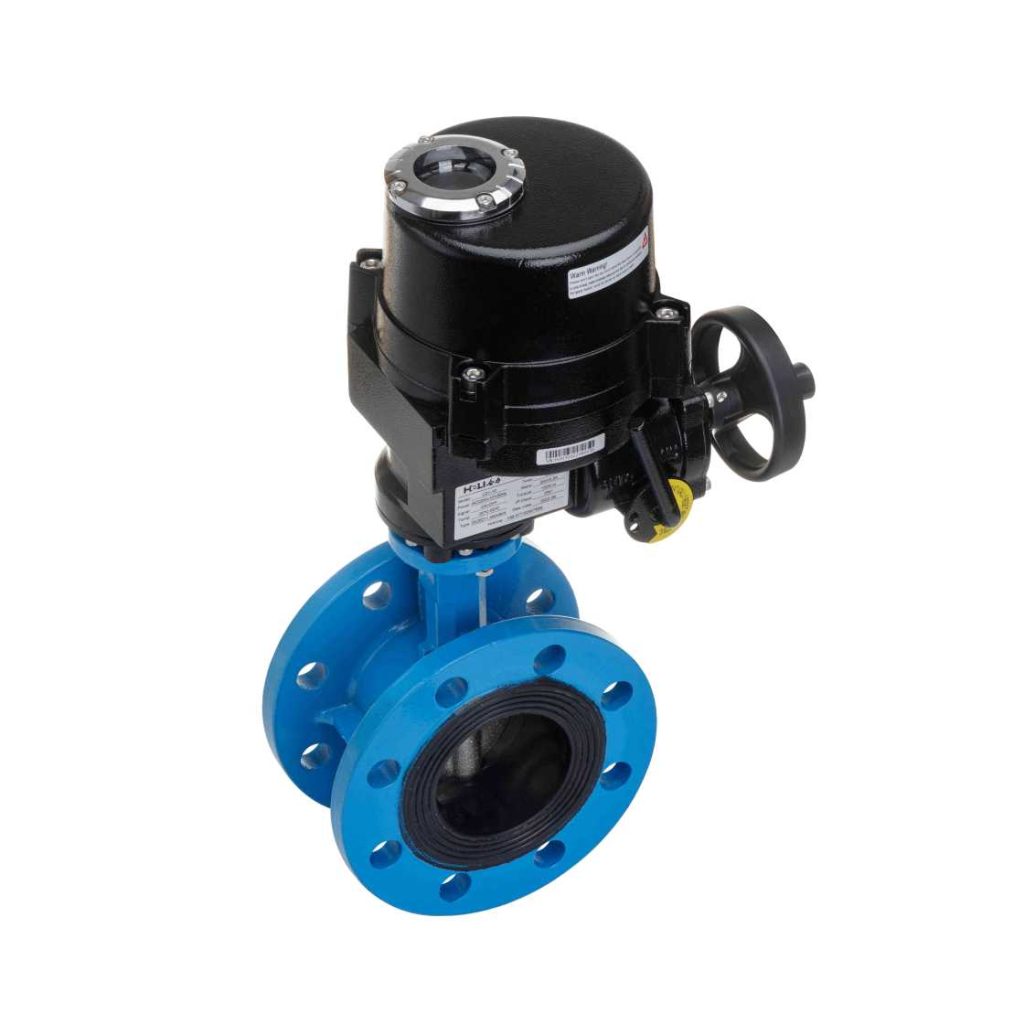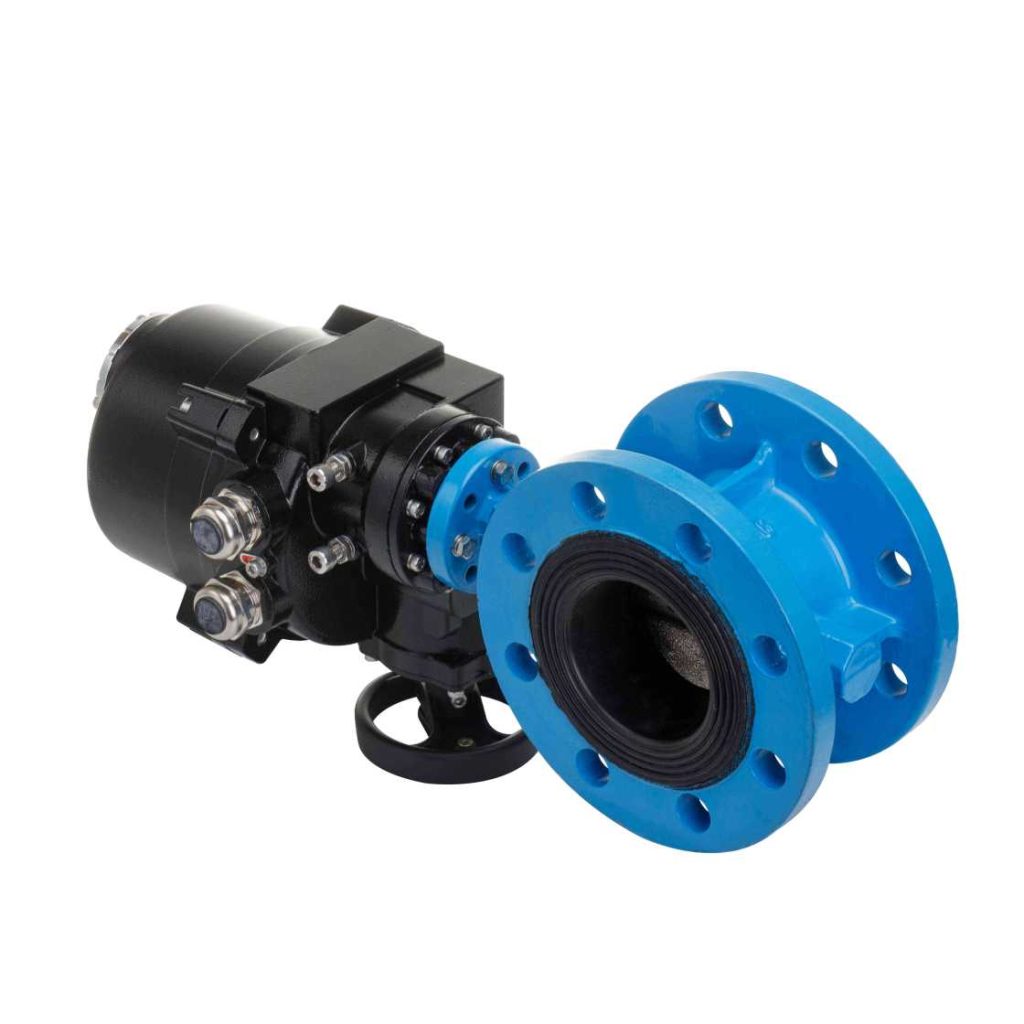Electric flanged butterfly valves are critical components in many industrial applications, offering effective flow control and versatility. As the name suggests, these valves combine the characteristics of a butterfly valve with an electric actuator, allowing for precise control over fluid flow in pipelines. This article will explore the structure, working principles, applications, advantages, and considerations when selecting electric flanged butterfly valves.

Structure and Functionality

Electric flanged butterfly valves consist of a circular disc that rotates around a shaft to control the flow of liquid or gas. The flanged design allows for easy installation onto pipelines using bolts, creating a secure connection. The valve’s disc is positioned within the pipeline, and when the valve is closed, the disc blocks the flow. Conversely, when the valve is open, the disc rotates to a parallel position with the flow, minimizing resistance and allowing for smooth passage. The electric actuator plays a crucial role in the operation of these valves. Unlike manual butterfly valves that require physical force to operate, electric actuators use electrical energy to rotate the valve’s disc. This automation leads to improved efficiency and accuracy in flow control. The actuator can be controlled remotely or integrated into a broader control system, allowing for real-time monitoring and adjustments.
